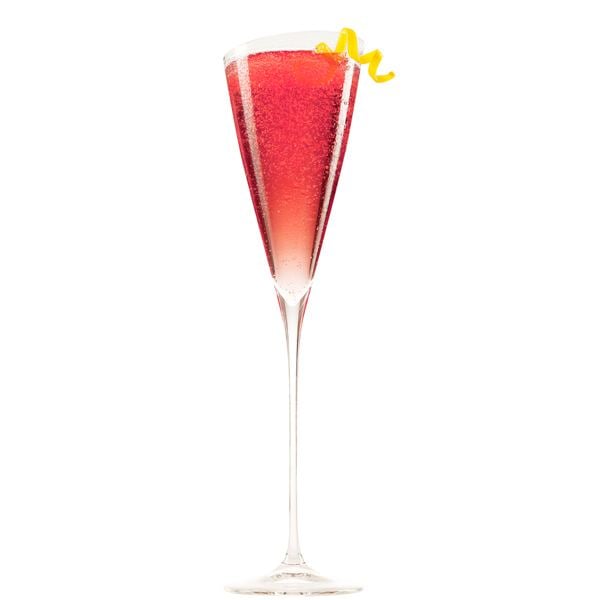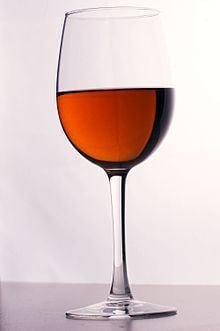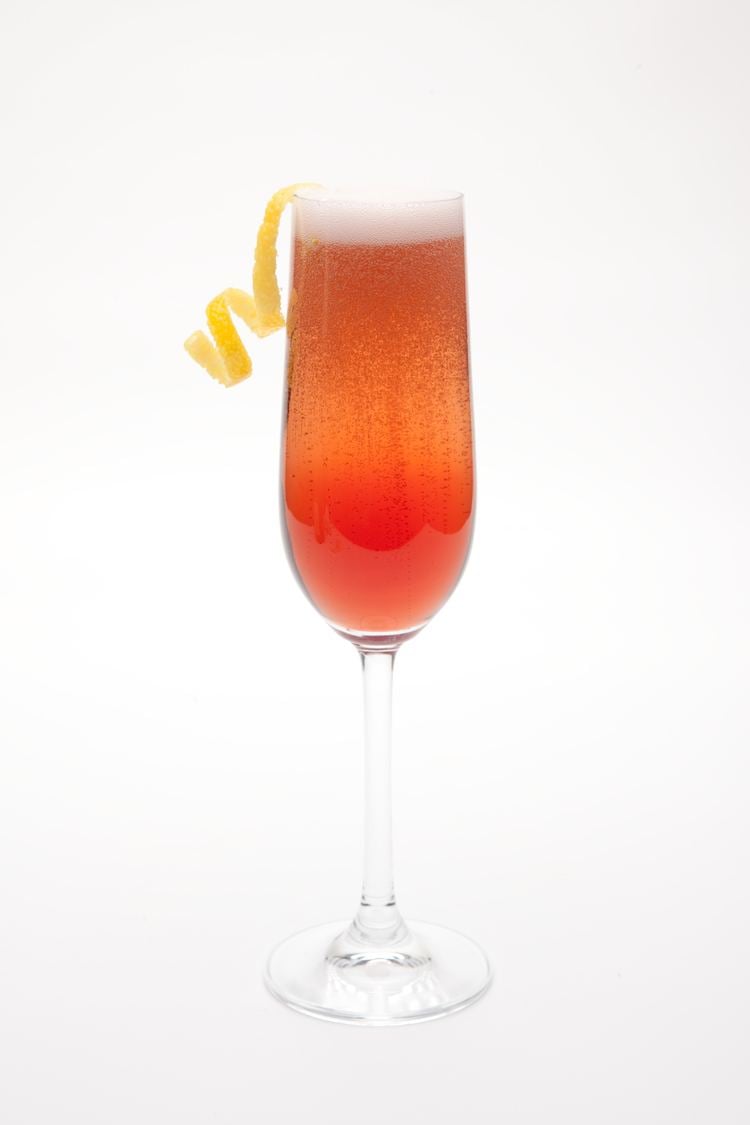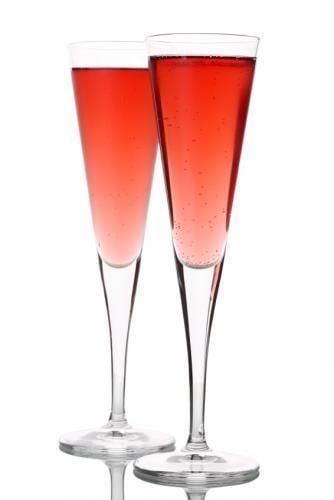Main alcohol Wine | Drinkware Wine glass (white) | |
 | ||
Ingredients 3 oz (9 parts) White Wine, 1/3 oz (1 part) Crème de Cassis Similar Kir Royale, Crème de cassis, White wine, Bellini, Mimosa | ||
Kir is a popular French cocktail made with a measure of crème de cassis (blackcurrant liqueur) topped up with white wine.

In France it is usually drunk as an apéritif before a meal or snack. It used to be made with Bourgogne Aligoté, a lesser white wine of Burgundy. Now, various white wines are used throughout France, according to the region and the whim of the barkeeper. Many prefer a white Chardonnay-based Burgundy, such as Chablis.
It used to be called blanc-cassis, but it is now named after Félix Kir (1876–1968), mayor of Dijon in Burgundy. Kir was a pioneer of the twinning movement in the aftermath of the Second World War, and popularized the drink by offering it at receptions to visiting delegations. Besides treating his international guests well, he was also promoting two economic products of the region. Kir allowed one of Dijon's producers of crème de cassis to use his name, then extended the right to their competitors as well. According to Rolland (2004), the reinvention of blanc-cassis (post 1945) was necessitated by the German Army's confiscation of all the local red Burgundy during the war. Faced with an excess of white wine, Kir renovated a drink that used to be made primarily with the red.

Another explanation that has been offered is that Mayor Kir revived it during a year in which the ordinary white wine of the region was inferior and the creme de cassis helped to disguise the fact.

Following the commercial development of crème de cassis in 1841, the cocktail became a popular regional café drink, but has since become inextricably linked internationally with the name of Mayor Kir. When ordering a kir, waiters in France sometimes ask whether the customer wants it made with crème de cassis (blackcurrant), de mûre (blackberry) or de pêche (peach).

The International Bartenders Association gives a recipe using 1/10 crème de cassis, but French sources typically specify more; 19th-century recipes for blanc-cassis recommended 1/3 crème de cassis, which modern tastes find cloyingly sweet, and modern sources typically about 1/5. Replacing the crème de cassis with blackcurrant syrup is discouraged.

Variations
Besides the basic Kir, a number of variations exist:


